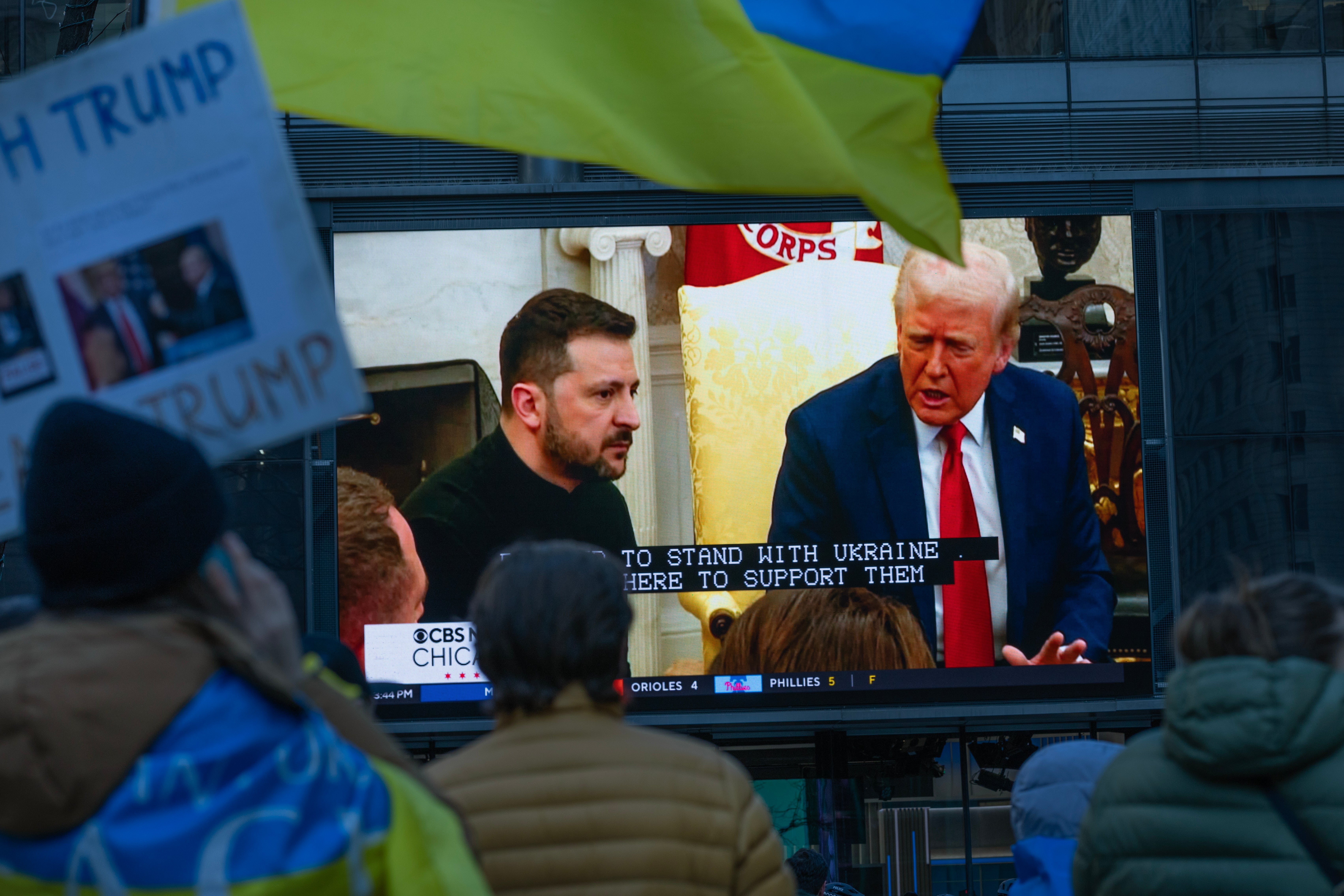
US Military Aid to Ukraine Paused – What This Means for the War
The recent decision by former President Donald Trump to pause all U.S. military aid to Ukraine has sent shockwaves through Kyiv and its allies. This move comes at a critical moment in the war, raising concerns about Ukraine’s ability to sustain its defense against Russia. While European nations have ramped up support, the reality is that U.S. military aid remains a crucial pillar of Ukraine’s war effort.
We've seen this scenario play out before. Back in 2023, U.S. aid was delayed due to congressional gridlock, forcing Ukraine to rely on dwindling stockpiles and European contributions. It was only in the spring of 2024 that Congress finally approved a $60 billion aid package—just in time to help Ukraine repel a renewed Russian offensive in Kharkiv. Now, with U.S. aid halted once again, history could be repeating itself, but this time, the consequences might be even more severe.
Europe has stepped up significantly, now providing around 60% of Ukraine’s total aid. However, the U.S. brings something irreplaceable: advanced weaponry and intelligence. Systems like Patriot air defenses, HIMARS rocket launchers, and long-range ATACMS missiles have played a vital role in Ukraine’s ability to strike high-value targets. And it's not just about the quality—it's also about the sheer quantity of equipment the U.S. can provide. Hundreds of surplus armored vehicles, artillery shells, and munitions have made their way to Ukraine, supplies that smaller European armies simply cannot match at the same scale.
Also Read:- Vegas Golden Knights Sign Kai Uchacz to Entry-Level Contract
- Severe Thunderstorm Watch Issued as Multi-Hazard Storm Threatens U.S.
Beyond weapons, U.S. intelligence and satellite capabilities are a game-changer. American surveillance technology, including the Pentagon-backed Starlink network, has been essential for battlefield coordination, enabling Ukrainian forces to communicate securely and execute precision strikes. Without continued U.S. support, even if weapons remain available for a while, the loss of real-time intelligence sharing could significantly weaken Ukraine’s strategic operations.
One pressing question is whether the U.S. will allow European allies to transfer U.S.-made weapons to Ukraine without restrictions. When European nations sought to send F-16 jets, Washington’s approval was required. Now, with aid paused, will the U.S. tighten its grip on existing equipment? Another challenge is maintenance. Advanced systems like F-16s require specialized engineers, spare parts, and ongoing support—resources that Ukraine lacks without American contractors.
From a political perspective, Trump's decision to suspend aid appears to be more than just a policy shift; it’s a strategic play. By cutting off support, he could be pressuring Ukraine to negotiate with Russia. For Ukraine, however, any forced negotiations under such circumstances would likely mean conceding territory—a move that President Volodymyr Zelensky and the Ukrainian people have strongly resisted.
European leaders are now scrambling to respond. France has emphasized that Europe must take greater responsibility for its own security, while Poland and Germany have expressed deep concern over the abruptness of Trump’s decision. Meanwhile, Russia has welcomed the pause, seeing it as a potential turning point in its favor.
At the end of the day, while Ukraine will do everything possible to hold the front lines, this pause in U.S. aid could significantly impact the war’s trajectory. The hope among Ukraine’s allies is that this is just a temporary setback. But if the pause turns into a prolonged freeze, Ukraine’s battle for survival will become even tougher.
Read More:

0 Comments